Researchers from SNU and Samsung identify a critical mechanism in OLED performance degradation, and use the knowledge to dramatically improve OLED efficiency and lifetime
Researchers from Seoul National University (SNU), in collaboration from colleagues from Samsung's SAIT institute, have identified a critical mechanism behind the performance degradation of OLED devices, the interfacial exciton-polaron quenching mechanism.
The researches have theoretically proposed a mechanism where excitons in the light-emitting layer are quenched by the accumulated charges at the interface. They followed with with experiments that have independently observed this phenomenon, identifying three key factors: interfacial barrier, exciton-polaron distance, and exciton lifetime.
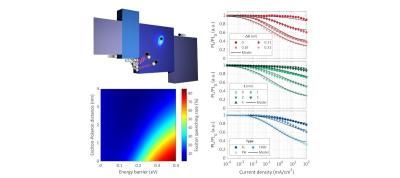
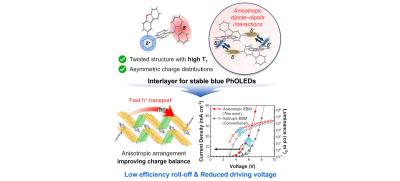
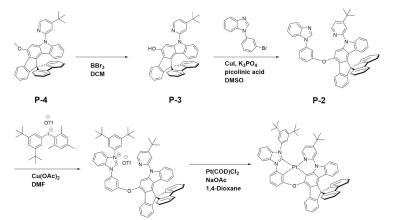



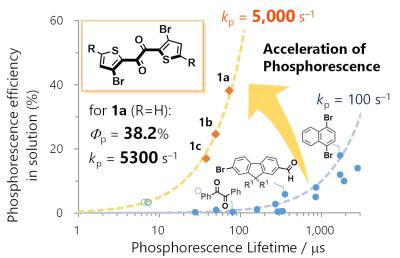
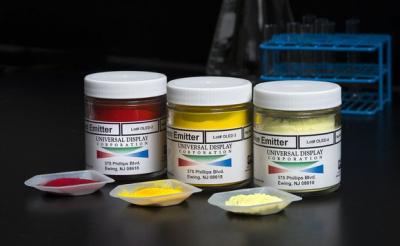
 Now there's a new report in Korea that claims that UDC's blue PHOLED project is facing technical challenges, and UDC is still not able to achieve a long-lasting blue emitter at the right color point. It will be interesting to know whether UDC addresses this issue in its next investor conference call (May 2nd).
Now there's a new report in Korea that claims that UDC's blue PHOLED project is facing technical challenges, and UDC is still not able to achieve a long-lasting blue emitter at the right color point. It will be interesting to know whether UDC addresses this issue in its next investor conference call (May 2nd). 
